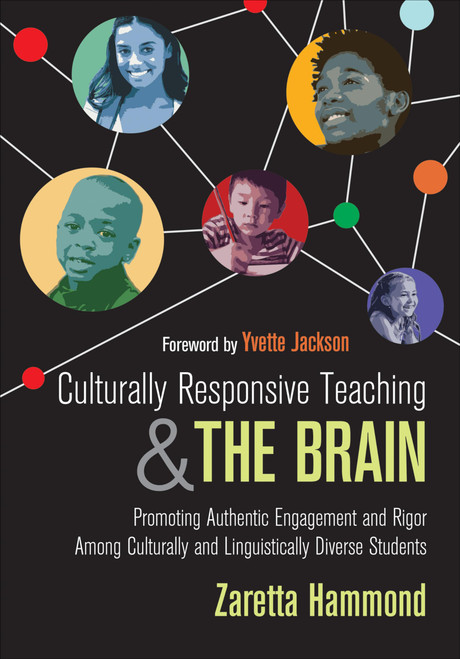Teaching Science to Culturally and Linguistically Diverse Elementary Students helps K-8 teachers implement culturally relevant instructional strategies to ensure that all students, regardless of race, ethnicity, or socioeconomic class, can do science, like science, and become scientists if they choose.
In Americas increasingly diverse classrooms, science is not always presented in a way that is meaningful to all students. With this in mind, this book outlines 8 culturally relevant strategies for teaching science to help ensure all students have access to inquiry-based, interactive, and experiential science learning. Written to encourage inclusive practices, the book shows how to teach science using students experiences, how to integrate science and literacy and how to use alternative methods to assess students understanding of science.
Includes 8 culturally relevant strategies for teaching science to all studentsoutlines inclusive practices that ensure all students have access to inquiry-based, interactive, and experiential science learning.
Emphasizes family connections and teaching science to and through students experiencesconnects science activities and content to students lives at home and includes a chapter on fostering family connections and family connections icons throughout the book.
Offers examples of science and literacy connectionsmodels how teachers can integrate science and literacy to enhance students understanding of science.
Includes case studies with reflection questions in each chapterprovides examples of culturally relevant science teaching in the K-8 classroom for teachers to analyze and discuss.
Offers step-by-step descriptions of four science instructional models, including Concept Attainment, Concept Formation, Group Investigation and 5 Es Model.
Devotes a complete chapter to alternative assessment with diverse learnersprovides a variety of examples and assessment methods to help teachers gauge students understanding of science.
Presents book study questionshelps teachers discuss the book professionally and apply the information to their current science activities.










